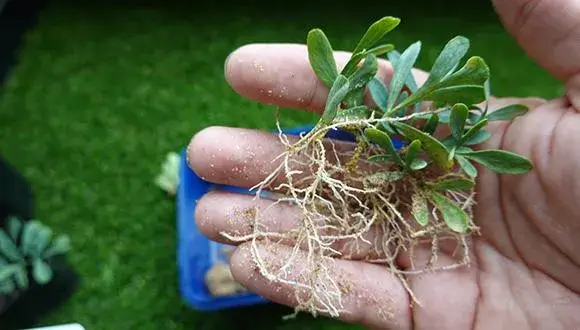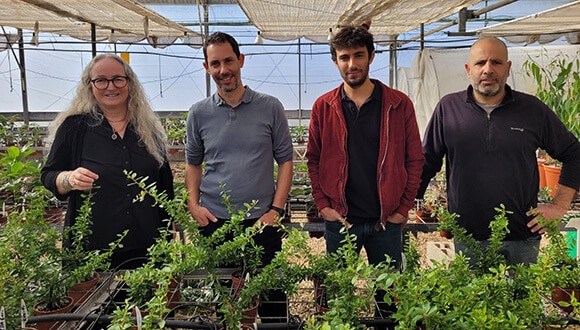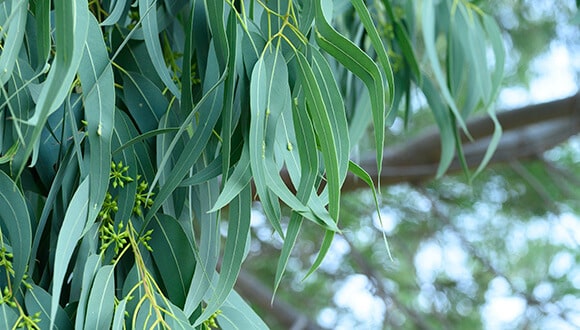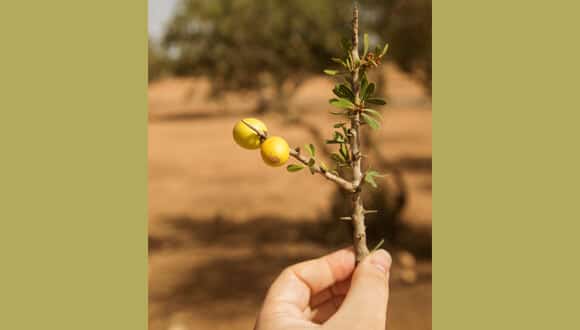Researchers have discovered a way to significantly optimize the rooting process in the natural genetic cloning process of plants

Anyone who picks plants as a hobby can relate to the joy of seeing a new root appear. When it comes to the rooting of cuttings in the field of modern agriculture, it is an operation that is considered a critical factor since a significant part of the fruit trees, as well as forest trees and ornamental plants, are currently based on the rooting of cuttings. In an extensive and multi-phased international study that lasted eight years, led by researchers from the School of Plant Sciences and Food Security at Tel Aviv University and the Volcanic Institute, new materials were developed that significantly increase the rooting percentage of cuttings taken from trees. According to the researchers, improving the rooting process can contribute to global agriculture in a variety of aspects: developing new quality varieties, lowering prices for the farmer and the consumer, increasing the economics of many crops, and adapting crops to changing climate conditions.
speed up nature
The research was led by Dr. Roy Weinstein and research student Ahed Roth from the School of Plant Sciences and Food Security at the George S. Wise Faculty of Life Sciences, and Dr. Einat Sdot from the Institute of Plant Sciences at the Volcanic Institute. Also participating in the study: Dr. Ina Wintz from the School of Plant Sciences at Tel Aviv University, Prof. Nir Ben-Tal and Dr. Amit Kessel from the Department of Biochemistry and Molecular Biology At Tel Aviv University, Sela Yehezkel, Uri Serro, Avi Eliyahu, Pen Tzala, Dr. Vikas Davidi, Dr. Mira Carmeli-Weisberg, Felix Shaya, and Dr. Adi Feigenbaum-Doron from the Volcanic Institute, and Prof. Yosef Riov from the Faculty of Agriculture of The Hebrew University. The research was carried out in collaboration with researchers from the USA, Germany, Denmark and England, and its results were published in the prestigious journal Nature Biotechnology.

"The cutting method means asexual propagation of plants, not through seeds," explains Dr. Shadot. "With this method, a selected branch is taken that has desirable properties (fruit flavor, drought resistance, disease resistance, etc.). Parts of that branch, called cuttings, are exposed to conditions that cause them to grow roots and become independent plants. The new individuals created in this way are actually clones, with the same genetics as the mother plant. Rooting percentages vary between different types of the same family, between different species of the same type, and even between different varieties of the same species, and there are important agricultural plants that are particularly difficult to root. In order for the growth to be economic, rooting percentages of at least 60-50% are necessary, and this figure is a significant consideration in the farmer's choice."
To improve rooting percentages, it is customary to expose cuttings to the plant hormone auxin - a procedure that was discovered about 70 years ago and has hardly changed since then. "The effectiveness of the existing auxin treatment varies from tumor to tumor," says Dr. Weinstein. "There are many types of plants that respond to it only to a small extent and their rooting percentages remain low. In our research, we sought to increase the effect of auxin on the cuttings", she explains. Several testimonies in the research literature and observations of professionals in the field led the research team to the research question: Will a slow release of the auxin in the plant increase the rooting success of the cuttings?
It arrived in two days and stayed for a week and a half - a substance that improves rooting
In the first step, the researchers created a 'library' of substances based on synthetic auxin conjugates: molecules in which synthetic auxin is attached to another chemical group that neutralizes its activity. The effect of the materials was tested on cuttings of the Eucalyptus grandis tree, which with standard auxin treatment reach low rooting percentages of only 15-10%.
"The initial examination identified a number of substances that have a positive effect on the rooting process, and further research focused on the most effective substance," explains research student Ahed Roth. "We discovered that this substance enables a combination of high permeability to the plant with a prolonged release of the active substance, the synthetic auxin, so that the auxin stays in the plant much longer - up to a week and a half instead of two days in the usual treatment." Indeed, the upgraded treatment increased the rooting percentage of the eucalyptus grandis cuttings to 60% - up to 6 times the standard method.
Later, in order to deeply understand the mode of activity of the new substance, the researchers used the Arabidopsis plant, the most common model plant in the world. They discovered that the synthetic auxin at the base of the new material is more stable (ie breaks down more slowly) in the plant cells compared to the auxin at the base of the standard material. In addition, the researchers identified a family of enzymes in the plant that are responsible for the release of the synthetic auxin, and regulate the rate of release. Through modeling the structure and biochemical properties of these enzymes, important characteristics of their activity were identified.

The ancient secret of the Moroccan oil tree
In the next step, the researchers wanted to check if the same enzymes are also present in other plants, assuming that their presence will allow the new material to be used in other crops as well. They discovered that these enzymes, or their equivalents, are very ancient and have been preserved throughout evolution in every tree tested. In light of the encouraging findings, they began to test the effectiveness of the materials they developed in a variety of agricultural crops.
One of the most important crops examined in the study is the argan - the Moroccan oil tree, which is considered a plant with global demand that is only increasing because it is incorporated into a large variety of food, health and care products. "Until today, the almost exclusive source of this oil is the fruits of argan trees that grow endemically in Morocco, and multiply by sexual reproduction, i.e. through seeds. All efforts to turn argan into an agricultural crop, which can be propagated by rooting cuttings, have failed, including attempts by us in Israel," the researchers explain.

In the current study, the researchers took cuttings from several argan trees growing in Israel, exposed them to the material they developed, and in this way succeeded in producing a large number of seedlings. In collaboration with Kibbutzim Ketura, Beit Kama, Hatzer and Samar, they planted argan plantations based on individual cuttings that were rooted using the new rooting material, and are now examining the possibility of turning them into an agricultural crop in Israel. Encouraging results were also obtained in experiments with cuttings of apple trees, poplar species and other varieties of eucalyptus. In all of them, high rooting percentages were achieved, 2 times and more compared to the standard auxin treatment.
"During the research, we developed a material that significantly improves the rooting percentage of agricultural cuttings. The development could be extremely significant for world agriculture in three aspects. First, streamlining the rooting procedure may significantly reduce the cost of the seedlings for the farmer, and ultimately also the agricultural produce for consumers. Secondly, thanks to the method, it is possible to develop and commercialize more high-quality varieties, and there is no longer a need to 'compromise' on lower-quality varieties just because they have high rooting rates. And thirdly, the method can optimize and accelerate the development of varieties with properties adapted to their changing environment, as a response to the rapid climate changes. In further studies, we will deepen the understanding of the mechanism of action of the new substances and look for additional substances, perhaps even more effective ones, that can be used as conjugates that slow down the release of auxin in the plant", the researchers conclude with satisfaction.
More of the topic in Hayadan:
